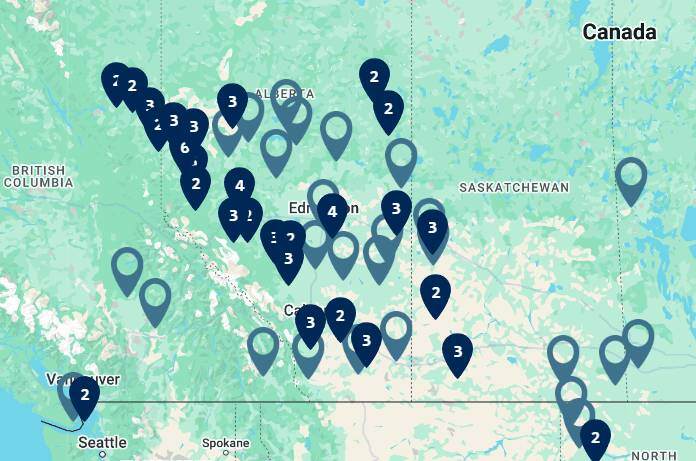SECURE Releases 2024 Sustainability Report
SECURE is proud to share our 2024 Sustainability Report, highlighting the progress we’ve made in our ...
Red Deer Metals Crew Rolls Through Westerner Days Parade
For the third year in a row, SECURE Metals Recycling proudly rolled through Red Deer’s Westerner Days Parade.
Summer Students Get Close-Up Look at Operations
Earlier this month, summer students from SECURE’s Calgary office and Red Deer Metals Recycling facility got a ...
SECURE Stampede Charity Party Raises Record-Breaking $1,024,500
SECURE is proud to announce that the 2025 annual Stampede Charity Party raised a record-breaking $1,024,500 ...
SECURE honours National Indigenous Peoples Day
On June 21, we come together to recognize National Indigenous Peoples Day - a day dedicated to honouring the ...
SECURE partners with the Wild FC to host youth-focused community event
On Saturday, June 14, SECURE proudly partnered with the Wild FC to host a youth-focused community event ahead ...
Decorated & Dedicated: SECURE Crew Shines at Brooks Parade
This past weekend, SECURE Metals Recycling attended the Kinsmen Rodeo Parade in Brooks. What a ride. Huge ...
Alexander Rampage Ladies Fastball Team Wins Gold; SECURE Provides Jerseys
Congratulations to the Alexander Rampage Ladies Intermediate Fastball Team for bringing home a gold medal at ...
Senior research chemist leads paraffin development, promoting flow and cutting pipeline costs
In North America, built-up wax in crude oil pipelines compromises oil flow, resulting in millions of dollars ...
SECURE becomes GOLD sponsor for Classroom Champions as part of Energizing Communities Collective partnership
SECURE is moving up to GOLD sponsor as part of Energizing Communities Collective in partnership with ...
Copper roof of Parliament Building acts as self-healing shield
Canada’s newest Parliament Building, located in Ottawa, Ontario, opened to the public in 1920 (1). It was ...
Metal makes a rail titan: stainless-steel train champions 181 km/hr
Here’s a machine worth remembering: Pioneer Zephyr, a.k.a. the Silver Streak, a diesel-electric, ...







.jpg?width=600&name=Westerner%20Days%20Parade%202025%20(9).jpg)
.jpg?width=600&name=Summer%20Student%20Field%20Trip%20Red%20Deer%20MR%20and%20RMH%20WPF%202025%20(158).jpg)


.jpg?width=600&name=Wild%20FC%20Event%202025%20(5).jpg)



.jpg?width=600&name=Classroom%20Champions%20Social%20Post%20(1).jpg)

